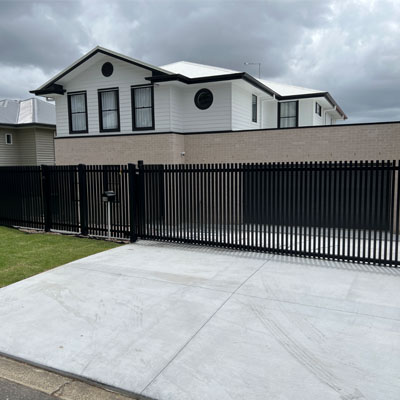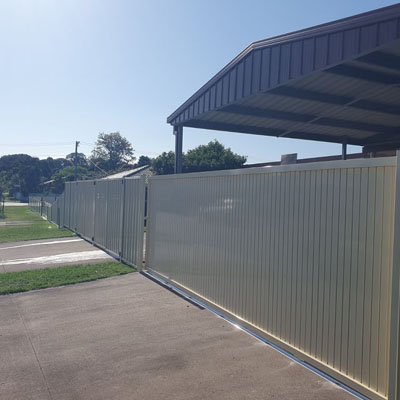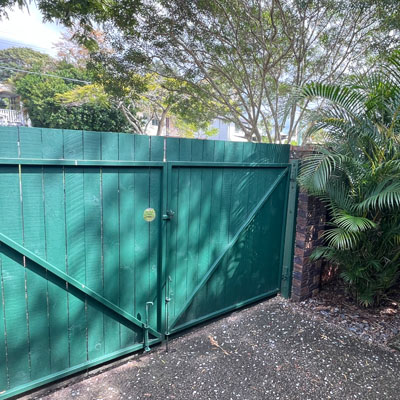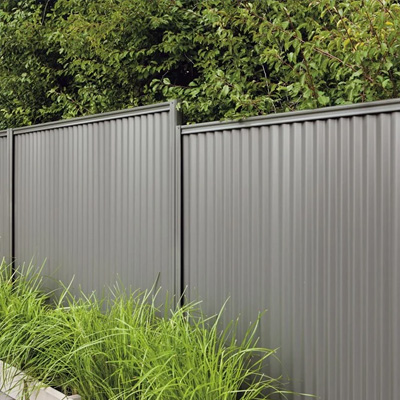Front Yard Fencing: Style, Privacy, and Kerb Appeal
Front yard fencing is one of the most effective ways to frame your home, improve security, and create a welcoming street presence. A well-designed front fence isn’t just a boundary: it sets the tone for your entire property and provides practical benefits such as privacy and access control. Whether you’re planning a full renovation or just looking for new front yard fence ideas, choosing the right design and material makes all the difference.







